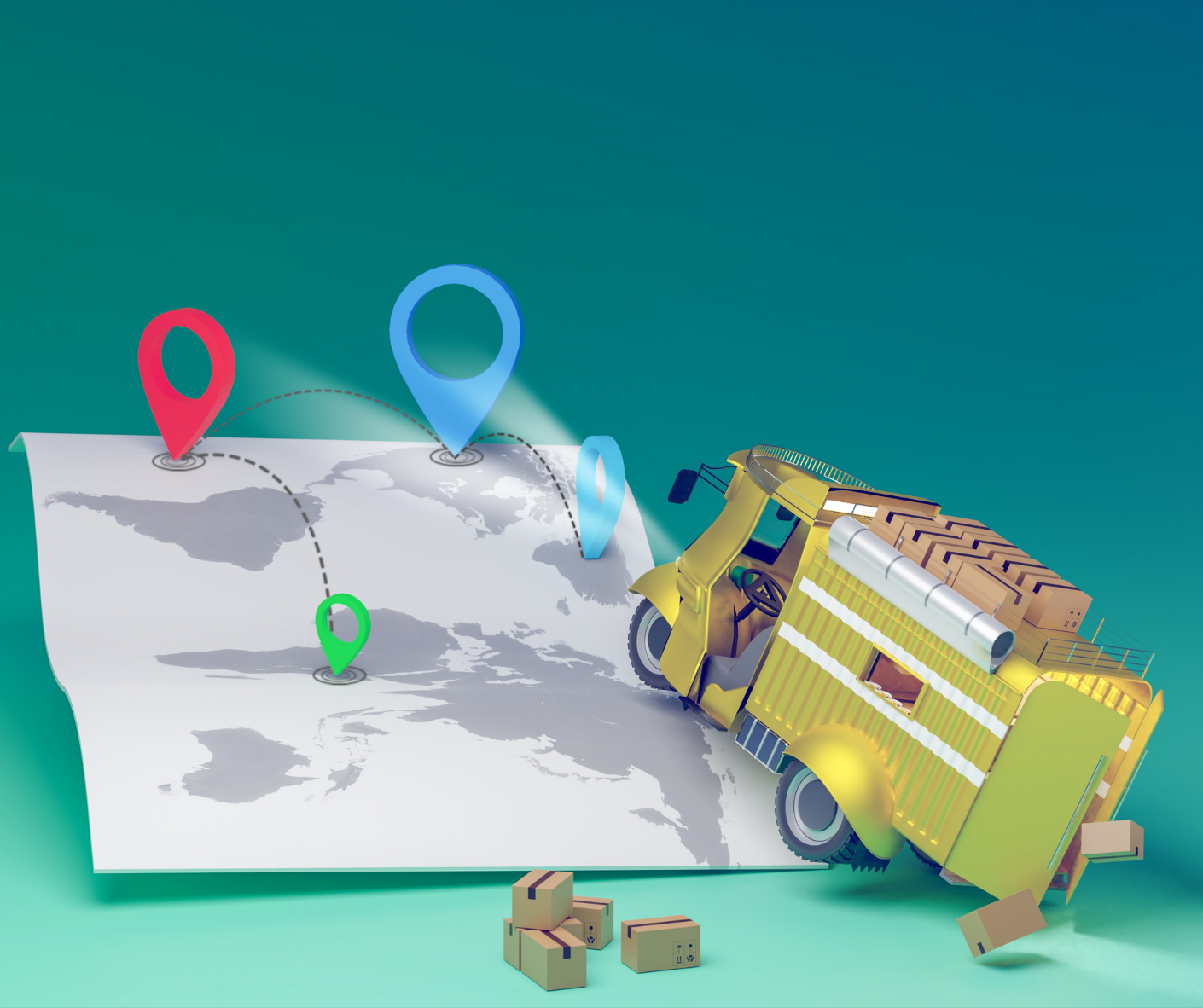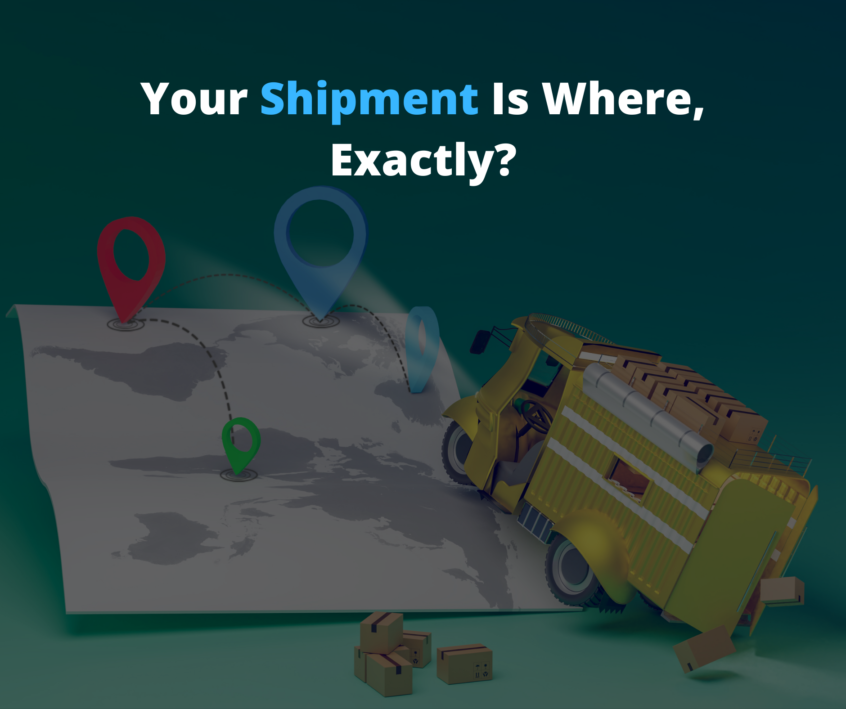
Allocation of shipments
There is an increasing interest in the tracking of cargo. Missing and misplaced merchandise have always been issues that plague the shipping industry. Allocating shipments correctly and delivering them to the right customization is a priority in this sector, which is why startup businesses invest in building technologies that can help track the flow of shipments and products.
A supply chain disrupted by the Covid-19 pandemic
Supply chain problems exacerbated by the Covid-19 pandemic will take a long time to settle down. This interruption means that backlogs, delays, and some level of disorganization will remain part of the industry for the foreseeable future. For example, some manufacturers report shortages in materials for manufacturing, and many sectors report labor shortages.
Port congestion is becoming the order of the day, which means that supply chains are being disrupted and will continue to be disrupted for the foreseeable future. In addition, the world is dealing with the effects of the Russian invasion of Ukraine. Already there are reports that certain countries are rejecting Russian imports and exports. This exclusion impacts many companies in the shipping sector that have decided to be cautious by not accepting shipments going to and from Russia.
Schedule amidst geopolitical chaos
Indeed, there have also been reports of disrupted flight schedules due to embargoes and geopolitical factors. Obviously, Ukraine and Russia are most affected. However, the shipping industry will suffer enduring effects. Apart from the pressures on the supply chain, there are shortages in specific items, such as steel and aluminum.
Ukrainian mills are shutting down, yet they played a crucial part in the global supply chain of those materials. Additionally, those importing sunflower seeds from Russia are bound to face severe shortages. Even though the USA has invested heavily in improving its infrastructure, many of these changes will take time. The infrastructure plan passed by President Joe Biden in November is likely to take several years before it comes to full fruition.
Impacts on the shipping industry and small businesses
That means that the USA’s inland ports and rail networks will continue to face the problems it’s faced in the recent past. For example, the allocations for bridge repairs and roadways have not been fully implemented. The concerns that come from this series of crises impact small and medium-sized businesses.
For example, about 25% of small business owners complain that supply chain issues are one of their biggest difficulties today. This is an increase of 8% compared to the same statistic in the previous quarter. The US chamber of commerce reports that many small businesses are expecting significant changes in their structures and ability to remain viable. For example, every three in four small business owners have expressed worry about the impact of the supply chain disruptions on their businesses.
Customers are as demanding as ever
This is not an issue for the customers unless their orders are lost. Indeed, customers are as demanding as they were before. Eddy Capel, the CEO of Manhattan associates, suggests that customers expect businesses to have the inventory needed to meet all their orders on time. Businesses cannot fulfill the promises they make to customers in terms of the speed with which they respond to orders for goods. Thus, those who do not have visibility are bound to struggle in the short and long terms.
Businesses must learn the lessons of their mistakes. When something goes wrong, it is advisable to do a thorough investigation to understand why it went wrong for the same problem to never be repeated in the future. The market is composed of many moving parts that can be unpredictable. Successful businesses will have an overview of how these parts operate and the effect on their businesses. A comprehensive review may be called for, but it is not clear that all businesses are prepared to invest.
Using technology to track your merchandise
This lack of preparation is why it makes sense to partner up with technology companies that have tracking technology to inform you where your merchandise is throughout its journey. Tracking technology is a sector that is growing and diversifying. Some reports indicate that supply chain technology startups raised $24.3 billion worth of venture funding in the first three quarters of 2021. This represents an increment of 58% compared to the total year for 2020. PitchBook Data, an analytics firm, has confirmed these trends.
These technologies are an improvement on the work that was done by traditional third-party logistics services providers (3PLs). The 3PLs could tell you when your products had arrived at the allotted facilities. However, software can do this work at a much faster pace. In fact, you take advantage of real-time models to always be in the loop as your cargo travels. This can also help manage vendors or find alternative space in other warehouses, if needed.
Ensuring that you have a good picture of your entire supply chain
There are several things you can ensure that you are always in the know about your supply chain:
- Get good software: There is no getting around the technology age. You need technology to manage your transportation, inventory, orders, and warehouses.
- Make use of data: Information is power in this age. You need information to precisely track the trajectory of your cargo, which may include ports, yards, hubs, distribution centers, factories, warehouses, and business sites. Through this information, you can improve the quality and usage of your assets and products. A case in point is access to up-to-the-minute ETAs and avoiding bottlenecks. Information reduces dwell times and ensures that you miss fewer slots. Overall, it can lower your costs and improve your customer service.
- Use radio frequency identification tags: These are known as RFID, which relies on repeatedly pulsating radio waves to capture key data about your cargo. Although it is a relatively new technology, RFID is gaining traction. The price range can be extensive, ranging from as little as $0.1 to $20. Readers also vary widely in cost, starting from a few hundred dollars to thousands of dollars depending on functionality.
Integrating your technology
Once you have the necessary data, it is essential to integrate the technologies you are using fully. This will give you a bird’s eye view of the supply chain. Evaluate the quality of the data and its implications. For example, you can use it to address blockages or bottlenecks. Blockchain technologies have been used successfully in cryptocurrencies and bitcoin. They can help act as a repository for your data to have a single source for your business decisions.
Mark Cohen of the Columbia Business school certainly sees new possibilities for technology in the supply chain. Being organized and having up-to-date information will be a distinct advantage. For example, you should aim to sync and coordinate all the data on which you rely. At the same time, you should be wary of the gaps and limitations of the technology.
Forecasting the trajectory of your cargo
Data is critical for forecasting. Technology makes this goal much more accessible. There will be differences across the industries, but the principles remain the same. Richard Kilgore of the Maryville University MBA program suggests that forecasting is a priority for those with a single software package. For example, you can use machine learning to identify trends and respond accordingly. Carefully evaluate the service providers to avoid over-promising and under-delivering.
Wrapping up
In an unstable world with many crises and a disrupted supply chain, visibility is of the essence. All businesses need to ensure that they can always track their cargo. Modern technology provides convenient and effective answers. However, users must carefully consider selecting those technologies’ merits and demerits before investing.



One Comment on ““Your Shipment Is Where, Exactly? Key measures to protect your cargo””
This is so informative. Thanks for sharing this.